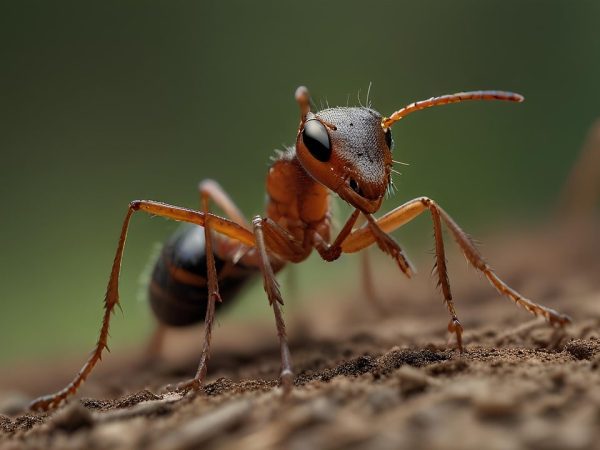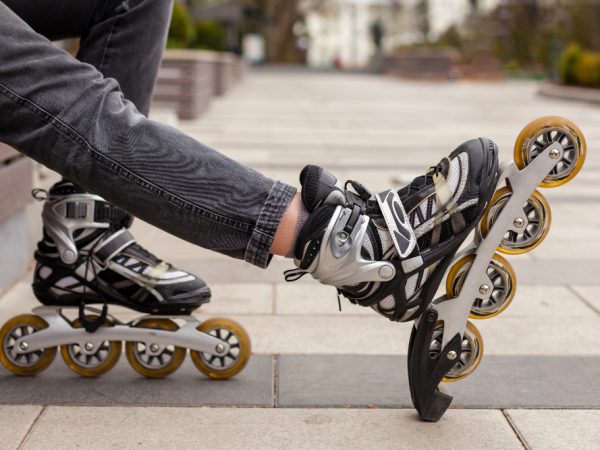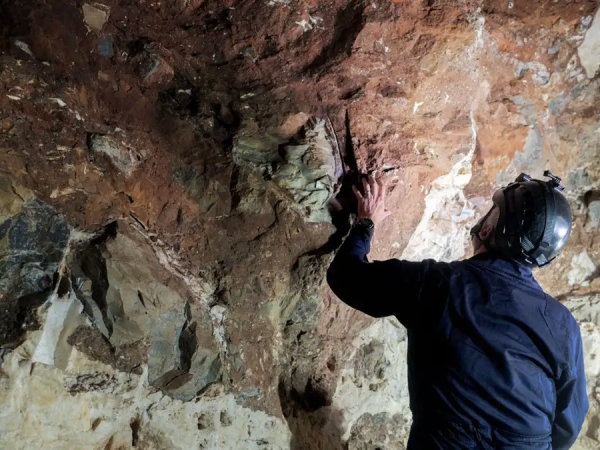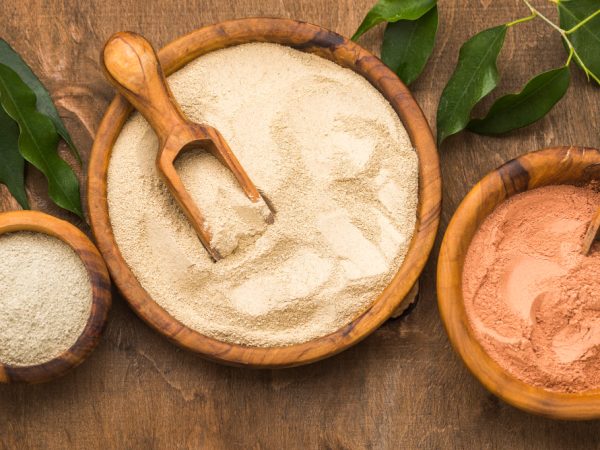Tanzania Kilimanjaro: 10 Epic Routes to Conquer the Summit
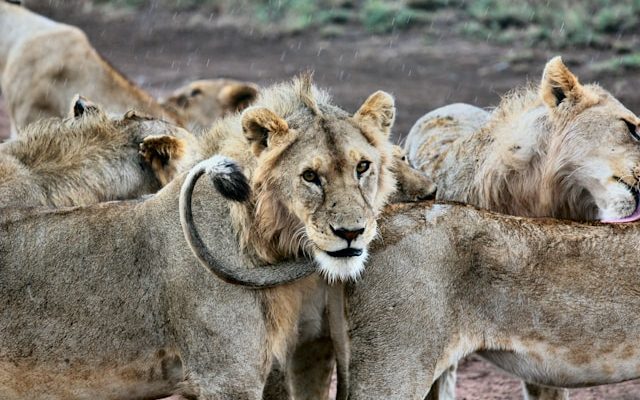
Mount Kilimanjaro, the tallest free-standing mountain in the world and a crown jewel of Tanzania, beckons adventurers from across the globe. Standing at a majestic 5,895 meters (19,341 feet), it offers a challenge and a thrill like no other. This dormant volcano offers multiple routes to reach its iconic summit, Uhuru Peak, each with its own unique appeal, challenges, and scenery. Here’s a detailed guide to the 10 epic routes that can help you conquer Kilimanjaro.
1. Marangu Route: The “Coca-Cola” Route
The Marangu Route is one of the most popular and oldest trails to Kilimanjaro’s summit. Known as the “Coca-Cola” route for its relative comfort, it’s the only path that offers hut accommodations, making it appealing for first-time trekkers. The route spans 5-6 days and is less physically demanding compared to others. However, its shorter duration can limit acclimatization, which may reduce summit success rates.
Highlights:
- Accommodation in huts.
- Gradual ascent.
- Scenic views of moorlands and lush rainforest.
Challenges:
- Lower success rate due to shorter acclimatization time.
2. Machame Route: The “Whiskey” Route
Often regarded as the most scenic route to Kilimanjaro’s peak, the Machame Route is nicknamed the “Whiskey” route for its challenging nature. Spanning 6-7 days, this trail passes through stunning landscapes, including lush rainforests, moorlands, and rocky terrain.
Highlights:
- High summit success rate.
- Diverse ecosystems and breathtaking scenery.
Challenges:
- Steeper ascents and descents.
- Requires a good level of physical fitness.
3. Lemosho Route: Remote and Scenic
The Lemosho Route is a favorite among seasoned climbers for its remote and less crowded paths. This trail spans 7-8 days and offers excellent acclimatization opportunities. Starting on the western side of the mountain, it passes through lush forests, giant heathers, and the dramatic Shira Plateau.
Highlights:
- High success rate.
- Exceptional views and diverse landscapes.
Challenges:
- Requires a longer duration and preparation.
- More expensive due to remoteness.
4. Rongai Route: The Northern Adventure
The Rongai Route approaches Kilimanjaro from the north, near the Kenyan border. It’s known for its dry terrain and unique views, offering a completely different perspective compared to other routes. The route is less crowded, making it ideal for trekkers seeking solitude.
Highlights:
- Quiet and less trafficked.
- Suitable for trekkers in the rainy season.
Challenges:
- Limited scenery compared to southern routes.
- Moderate acclimatization opportunities.
5. Northern Circuit: The Ultimate Challenge
The Northern Circuit is the longest route, taking 8-9 days to complete. It circles around the mountain’s northern slopes, offering unparalleled 360-degree views of Kilimanjaro. This route boasts the highest success rate due to ample acclimatization time.
Highlights:
- Unmatched scenery and panoramic views.
- Highest summit success rate.
Challenges:
- Requires a significant time commitment.
- Higher cost due to extended duration.
6. Shira Route: A High Start
Starting at 3,600 meters, the Shira Route offers a head start in terms of altitude. It overlaps with the Lemosho Route but begins at a higher elevation, which may make it challenging for those who haven’t acclimatized.
Highlights:
- Beautiful scenery and wildlife.
- Crosses the scenic Shira Plateau.
Challenges:
- Risk of altitude sickness due to the high starting point.
- Shorter acclimatization period.
7. Umbwe Route: The Steepest Path
The Umbwe Route is the steepest and most direct way to reach Kilimanjaro’s summit. Known for its challenging ascents, this route is suitable only for experienced trekkers with high levels of physical fitness. It’s typically completed in 6-7 days.
Highlights:
- Unspoiled wilderness and fewer trekkers.
- Short and intense adventure.
Challenges:
- Low success rate due to rapid altitude gain.
- Requires excellent fitness and acclimatization ability.
8. Western Breach: The Technical Climb
For those seeking a technical challenge, the Western Breach route offers a steep, rocky ascent to Kilimanjaro’s summit. It’s the most dangerous route, with risks of rockfalls and steep inclines. However, it rewards climbers with breathtaking views and a thrilling adventure.
Highlights:
- Incredible views of the mountain’s glaciers.
- Unique and challenging experience.
Challenges:
- High risk and technical difficulty.
- Requires expert guidance and safety precautions.
9. Mweka Route: The Descent Path
Although not a primary ascent route, the Mweka Route is often used for descending the mountain. It offers a direct and scenic path back to the base, passing through lush rainforests.
Highlights:
- Stunning views during the descent.
- Well-maintained trail.
Challenges:
- Not suitable for ascent due to steepness.
- Can be slippery in wet conditions.
10. Kilimanjaro Circuit: The Complete Experience
The Kilimanjaro Circuit combines multiple routes into a grand adventure, offering trekkers the chance to experience diverse landscapes and ecosystems. This journey typically takes 9-10 days, making it ideal for those seeking a comprehensive Kilimanjaro experience.
Highlights:
- Diverse landscapes and extended acclimatization.
- An all-encompassing adventure.
Challenges:
- Requires significant time and cost.
- Demands high physical and mental endurance.
Conclusion
Mount Kilimanjaro’s majestic beauty and diverse routes make it one of the most sought-after trekking destinations in the world. Whether you’re a beginner or an experienced climber, there’s a route tailored to your abilities and preferences. From the popular Marangu and Machame routes to the more challenging Northern Circuit and Western Breach, each trail offers a unique journey to the summit. With proper preparation, determination, and respect for the mountain’s challenges, you can conquer Kilimanjaro and create memories that last a lifetime.
FAQs
1. Which route has the highest success rate?
The Northern Circuit has the highest success rate due to its extended duration and excellent acclimatization opportunities.
2. What is the best time of year to climb Kilimanjaro?
The best times to climb are during the dry seasons: January to March and June to October.
3. Which route is the easiest for beginners?
The Marangu Route is often considered the easiest due to its gradual ascent and hut accommodations.
4. How long does it take to climb Kilimanjaro?
The climb can take anywhere from 5 to 10 days, depending on the route and acclimatization schedule.
5. Do I need technical climbing skills to summit Kilimanjaro?
No, Kilimanjaro is a trekking peak and does not require technical climbing skills. However, routes like the Western Breach may require experience and guidance.
Also read : Cities in Antarctica: 10 Unbelievable Facts About Life in the Frozen South



